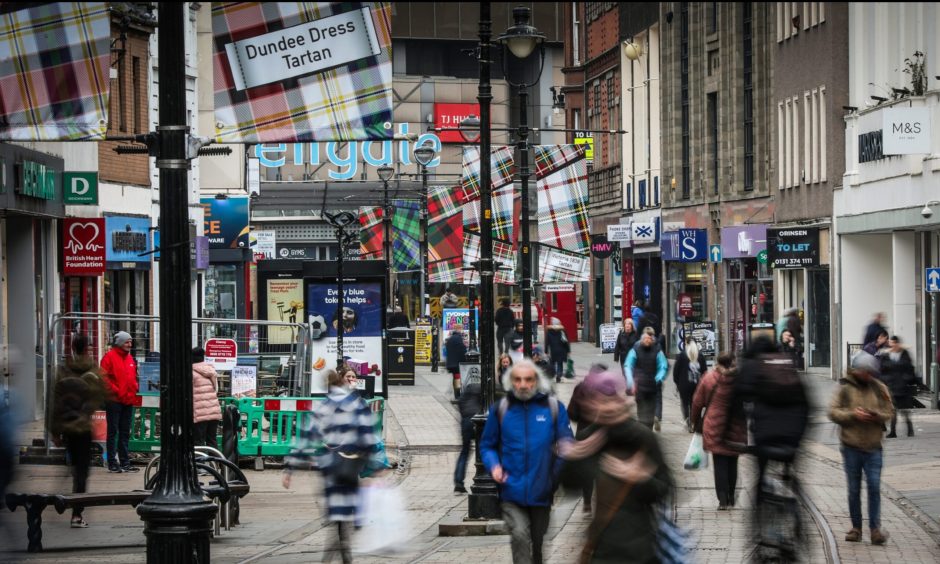
How would you describe Dundee’s city centre in a single word?
Would it be vibrant? Or perhaps up-and-coming? That might put you in the minority of shoppers, according to our survey.
Instead, depressing, sad and dirty were the most commonly used words.
Negative sentiments dominated with more than three negative words for each positive, leaving the question: what needs to change?
We have now been tracking the health of the city’s high streets for almost a year through over 70 business changes.
But in an effort to discover what shoppers and retailers think it needs to truly thrive, we have surveyed 515 people about their opinion on Dundee city centre.
Our exclusive analysis of the Dundee shopping survey shows:
- Almost three-quarters of people (71%) said they mainly travelled into the city centre to visit food and drink establishments.
- Gambling outlets, vape shops and charity shops were widely disliked by people who visit.
- More than nine in ten (93.5%) said they would be slightly or much more likely to visit the city centre if there were different types of shops.
- More than half of respondents ranked Dundee as very or quite poor in terms of cleanliness, overall environment and variety of business.
- However, more people ranked opening hours, accessibility and parking provision as very or quite good rather than poor.
Profile of a Dundee shopper
We asked people how often they visited the city centre, when they visited and why they visited.
Most of the people who visit do so on the weekend for shopping trips, with 174 participants out of 515 (33.78%) agreeing with this option.
The second-highest answer was for weekday shopping trips, which 150 out of 515 (29.12%) of people agreed with.
People were also invited to give their own reasons for travelling in, which were varied.
This included everything from going in to attend appointments including hairdressing, opticians, the dentist and to be vaccinated, to visiting family and social events such as meeting friends.
Others said they go in to make sure they are supporting local businesses.
However, not everyone was so positive about why they go into the city centre.
Some people said they would visit the city centre to catch a bus or the train, to commute or drop off and pick up their children from school, while others said they attended out of “desperation”, if they needed something quickly they couldn’t get online first, for “necessities only”.
Ninety-nine people, or 19.37%, said they visited monthly, while 97, or 18.98% said they went in several times a week. Just slightly lower, 92 people said they visited weekly- which accounted for 18% of participants.
While some said that they rarely went into town, or only went in when necessary or for appointments, it’s clear that people still do visit the city centre regularly.
Dundee used to be a vibrant, busy, clean place to visit.”
One respondent in our Dundee city centre shopping survey
Meanwhile, our survey revealed that more than half of people (57.28%) who filled in our survey took their car in order to access the high street. A further 178 (35.03%) took the bus in, while 103 (20.27%) said they walked in.
Almost half of the participants who answered how far they travelled to get into Dundee city centre lived within four miles of the centre (47.82%).
Many people who visit live close by, with a further 113 people, or 22.3%, coming in from between five and nine miles away.
A further 59 people (11.66%) lived less than a mile from the centre.
What do people like when shopping in Dundee city centre?
To attract people into the high street, we need to make sure that the types of units on offer to entice them in.
But what types of businesses do people want to visit?
Restaurants/cafes/food and drink establishments come out top with what people surveyed go into the city centre for – 349 out of 493 people who answered the question said they visit these locations (71%).
The second-most popular choice was visiting clothes shops, which 292 people (59%) voted for.
The third most-chosen option was for supermarkets or food shops, where 174 people, or 35%, visited town for.
More than 100 people also visited for banks, charity shops and household goods shops.
Less popular choices were gambling outlets, toy shops and music or record shops.
People were also invited to write in their own options for what entices them into the high street, with a variety of answers given. The most popular with people were book shops, DCA, the gym, jewellery shops, coffee shops, outdoor stores and sport shops.
Other options included some more specific types of businesses, such as craft shops, travel agents, letting agents, off-licenses, vintage stores, libraries and museums.
Our survey showed that when people are coming into the city centre, they tend to be spending smaller amounts of money – the majority of people said they spent between £5 and £40 on an average visit to the centre.
A total of 111 people out of 500 people who answered the question (22.2%) said they spent between £10 and £19.99, while 102 (20.4%) said they spent between £20 and £29.99 on an average visit.
The third-highest group said they spent between £5 and £9.99, and included 65 people out of 500 participants (13%).
What do they not like?
The survey encouraged people to describe the types of businesses that put them off visiting Dundee city centre.
Participants provided a variety of answers; however, some types of units were clearly more disliked than others.
Vape was mentioned 54 times among the survey responses, while vaping was mentioned a further 10 times.
The issue with the drug users frequenting the whole of the city centre is a disgrace, you don’t see it in any other city centre.”
A participant in our survey on shopping in Dundee city centre
Gambling was brought up 37 times, betting 20 times, bookies six times and bookmakers seven times.
This matches up with the responses given in the what types of businesses do you tend to visit question within our survey – as no-one who filled it out said that they visited gambling outlets.
Responses mentioned charity shops 38 times. When asked whether people tended to visit charity shops within the survey, 115 people out of 493 people (23.33%) said that they did go to charity shops when they visited the city centre.
The quality of shops was also a concern for several people – six people mentioned “cheap shops”, “cheap tacky shops” or “cheap tat shops” as something they didn’t want to see on their high street. Discount stores were also not a popular choice.
Anti-social behaviour was a problem for many people too. The number of fast food outlets also appears to be proving an issue for some, with some respondents saying that it encourages littering and makes the surrounding streets look “shabby”.
Meanwhile, it is clear that Dundonians, and those who visit the city want something more unique from their city centre.
Many people mentioned supporting local businesses, and getting in fewer chain stores – especially when they are viewed as “undesirable”.
How does it rank?
Three out of five shoppers (60.9%) in the survey believed that Dundee was very or quite poor for its variety of business types.
One respondent said poor shop choices was driving young people towards online shopping.
“(It) has definitely deteriorated in my life (I’m only 18),” they wrote about Dundee city centre. “I think many people say us young people shop too much online but when shops like Zara, Size and Debenhams have closed down, it makes us go to Edinburgh/Glasgow/Livingston or shop online.”
More than half also shared that negative perception of the overall environment (55.84%) and cleanliness (28.2%).
In fact, 29.3% thought cleanliness was very poor.
One person described the city as “filthy”. They added: “Dundee used to be a vibrant, busy, clean place to visit.
“There was lots of choice for shops and it felt safe. Now none of these apply and it’s a very sad state of affairs it has been allowed to deteriorate so far.”
More than a third (35%) of respondents ranked safety as very or quite poor. Just over a quarter of people said it was quite or very good (25.9%).
Meanwhile, accessibility, opening hours and parking provision were, as a whole, more positively perceived.
A new high street for a new way of living?
A high street summit hosted as part of our Dundee Matters initiative on May 2 strived to find solutions to some if the issues raised in the survey.
Matt Colledge has been working to help turn around ailing high streets across England as director of IntoPlaces and executive director of High Street Task Force.
He explained that city centres may have to move away from retail to keep people coming back.
“We do see the same trends, the hollowing out of retail and vacant units starting to emerge,” he said.
“Those places that are starting to try and turn around and are really trying to become what we call multi-functional centres.
“So trying to move away from retail just being the primary core. That includes different uses, experiential things, leisure, opportunities for sport or incubators for small businesses and independents to come in.”
But during the summit he warned against getting too caught up in how things uses to be which he labelled “toxic nostalgia”.
“We need to move on,” he said.
Dundee businessman Ron Smith said it was crucial to ensure the public felt involved in any changes.
The director of Glamis Investments said: “Dundonians are huge critics of Dundee and yet if you stand back from the picture, Dundee is actually a lovely place.
“Changing that mindset, I think a lot of that has to do with including the public in the decision-making.”
But what changes do the public want in Dundee?
What aspects of Dundee city centre shopping need to change?
Most of the surveyed shoppers crave a fresh profile of Dundee’s high streets.
The top change that 80.4% respondents would like to see was converting vacant units into new businesses.
The other most-wanted changes were different types of shops (75.2%) and events in the city centre (65.7%).
We had 287 separate custom responses about changes that they would like to see in the city centre.
The most popular change in these responses revolved around was reducing anti-social behaviour and drug use.
Changes to shop selections or specific suggestions followed, including mentions of House of Frasers that is expected to take over the former Debenhams site.
There were also requests for a reduction in specific types of units such as charity shops.
We also asked shoppers what would actually prompt them to visit the high street more.
Over nine in ten (93.5%) said different shop types would make them much or slightly more likely to visit.
The conversion of vacant units into new businesses was just behind with 91%.
Less than a third of respondents (32%) said more pedestrianisation would make them much or slightly more likely to visit. Over half said it would have no impact.
More parking would make 38.3% of respondents more likely to visit the city centre. It would have no impact for 45.5%.
However, the price of the parking featured frequently in the custom responses. It was the fourth-most commonly mentioned topic (28 responses).
Events in the city centre could also help bring more feet to the high streets. A total of 83% said they would make them much or slightly more likely to visit.
Business rates weigh heavily on retailers
The survey also asked retailers how hopeful they are about the future of their sector in Dundee.
More two thirds (67.6%) of the 37 responses said they were either not hopeful or had an overall negative perception of the state of the retail sector.
Meanwhile, only around a fifth (21.6%) said they were hopeful.
Business rates, mentioned in over a quarter of the responses (27%), were the most common concern.
“The major issue facing businesses is that of business rates,” one person wrote.
“For as long as there is no relationship between the reality of doing business in Dundee and the rates required to be paid to do that business, there will continue to be empty shops.”
It was followed by two topics that were also frequently raised by shoppers: anti-social behaviour and poor unit choices.
Unsurprisingly, retailers overwhelmingly listed reducing rates as an initiative that could help.
The idea of cutting rates appeared in more than half of the 33 responses.
Five survey responses listed reducing or even providing some free parking in Dundee.
“I am not hopeful at all,” one retailer wrote.
“The rents and rates are too expensive to attract new business. The issue with the drug users frequenting the whole of the city centre is a disgrace. You don’t see it in any other city centre.
“Shoplifting is rife throughout, shop staff are limited as companies keep cutting back due to decreasing footfall.
“It is now better to go to Edinburgh or Glasgow for a day’s shopping than stay in Dundee.
“There needs to be a plan drawn up between all the relevant agencies, council, police, retailers, charities to tackle all the issues.”
How we carried out our Dundee city centre shopping survey
We launched the high street survey on February 23 when we launched our Dundee Matters initiative.
It ran for a total of 39 days until April, receiving 539 responses from people who visit the city centre.
However, we also wanted to ensure we got out on the streets and spoke to shoppers in person.
Of the total responses, we collected 35 in person from shoppers visiting the Overgate on March 31.

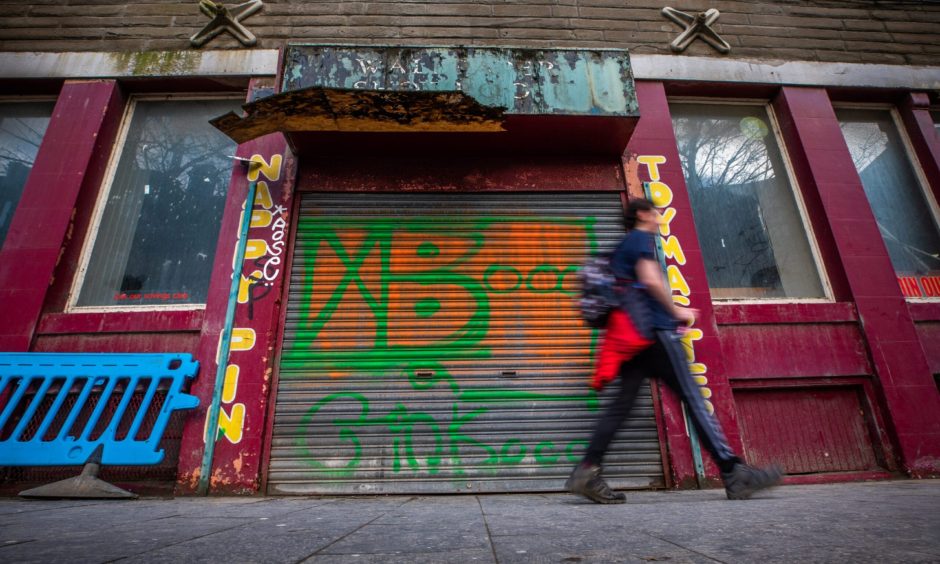


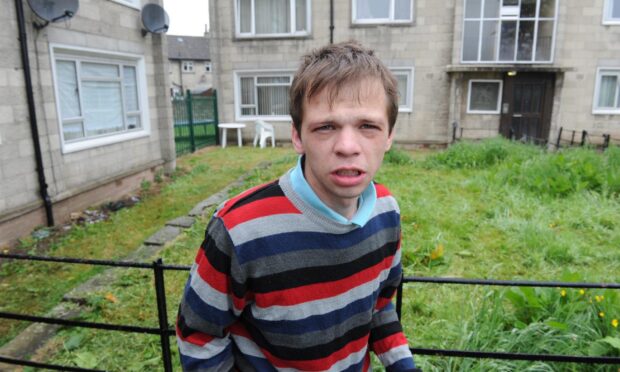
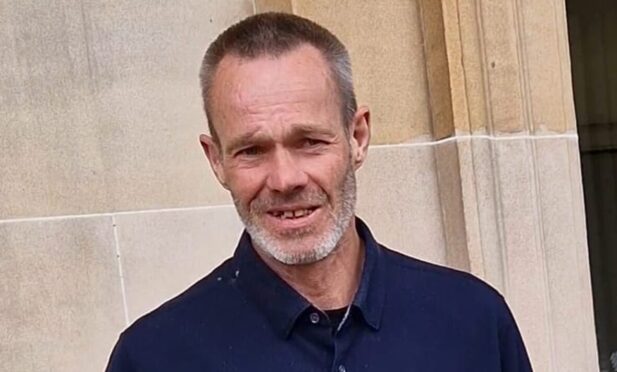
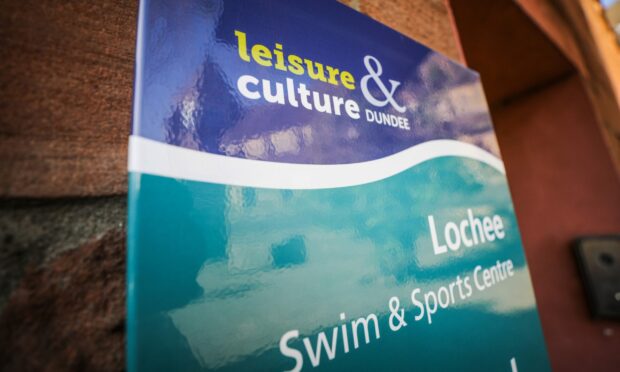
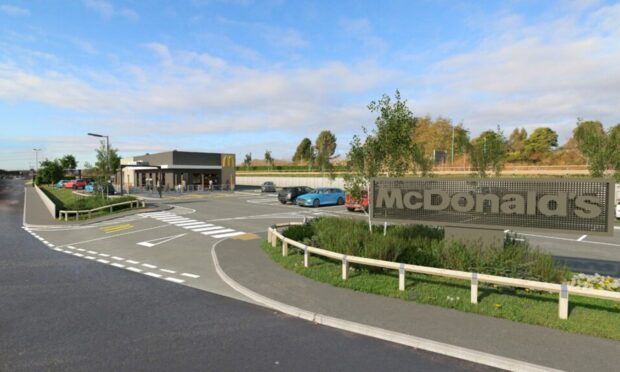
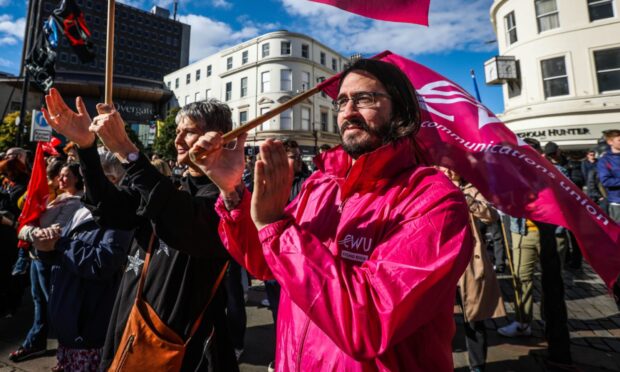
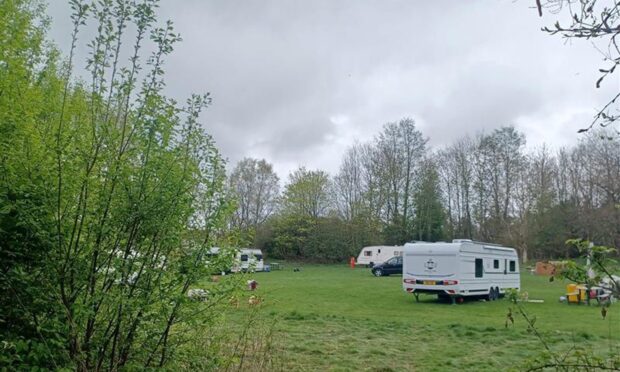
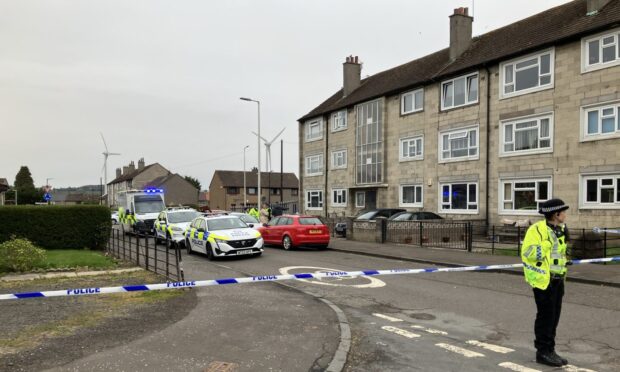

Conversation